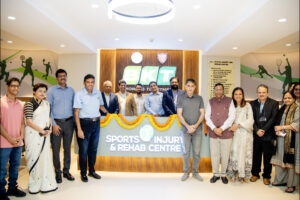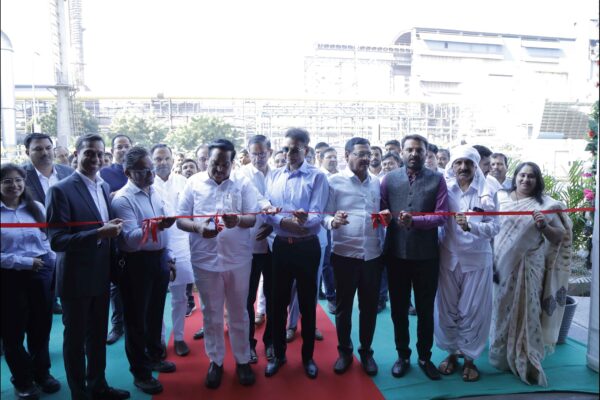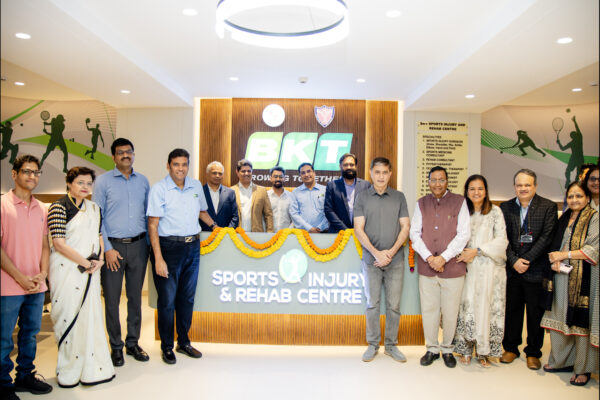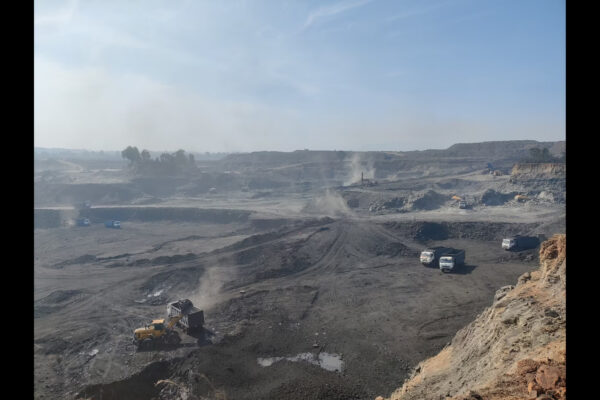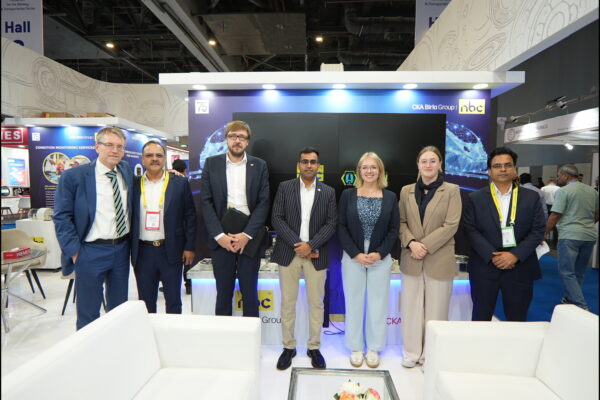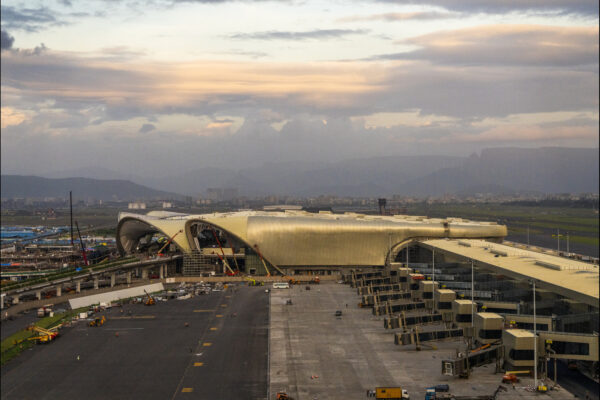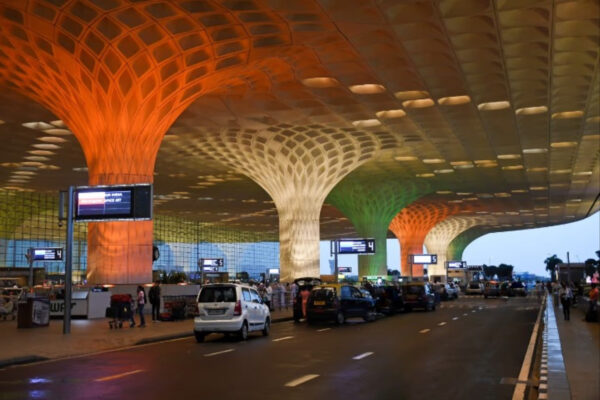Interview: We take pride in our evangelical approach, says K Sukumar, CEO, TVS Supply Chain Solution – India, Middle East and Africa
What is your assessment of the current landscape of the logistics sector in India?
India’s logistics sector is undergoing a transformative shift, driven by rapid digital adoption and sustained infrastructure development. The integration of technologies such as digital platforms, IoT, telematics and artificial intelligence (AI) is enhancing supply chain visibility, real-time tracking, and operational efficiency. The booming e-commerce sector has significantly increased the demand for agile and responsive logistics solutions – particularly in areas like last-mile delivery and modern warehousing. On the policy front, government initiatives such as the National Logistics Policy (NLP) and PM Gati Shakti are playing a pivotal role in improving multimodal connectivity and reducing logistics costs. Infrastructure projects like Multi-Modal Logistics Parks (MMLPs) and Dedicated Freight Corridors (DFCs) are already making strides in boosting integration across transport modes. These efforts aim to bring logistics costs down from the current ~14% of GDP to below 10% by 2030, aligning India with global standards. Despite these advancements, the sector continues to face structural challenges, including fragmented operations and the dominance of informal players. However, this evolving landscape presents significant opportunities for organized players to lead with innovation, build scale, and drive long-term efficiencies.
What are some of the standout achievements or solutions your organisation has introduced in the past year, and how are they addressing current market demands or operational challenges?
Over the past year, we have focused on advancing our technological capabilities to meet evolving market needs. We developed proprietary solutions such as our Warehouse Management Solution (Visibility) and Transport Management Solution (Alpha). By integrating advanced technologies like AI and IoT in a very intuitive and interactive manner through commonly available messaging systems, we have enabled real-time tracking, predictive analytics, and efficient route optimization across our operations. Additionally, our solutions are built to interface effectively with governmental platforms, ensuring seamless and secure real-time data interchange. A notable innovation is our AI-enabled Polarized Light Damage Detection technology, which we pioneered for beverage clients in Europe, significantly enhancing quality assurance processes. Additionally, we have launched a secure file transfer platform built on AWS Transfer Family, improving data security and collaboration with business partners.
On the infrastructure front, we have expanded our warehousing and fulfillment centers to support the booming e-commerce sector. Our state-of-the-art facilities incorporate automation and robotics, ensuring optimal inventory management and faster order fulfillment. These advancements reflect our commitment to delivering end-to-end supply chain solutions that are agile, efficient, and customer-centric, directly addressing current market demands and operational challenges.
The logistics sector remains highly unorganised, with a significant portion still dominated by informal players. How does your company plan to increase its market share in this competitive and fragmented landscape?
As a market leader, TVS SCS embraces its role in transforming the unorganised logistics sector into a high-performance, technology-driven supply chain ecosystem. We take pride in our evangelical approach – driving adoption of modern supply chain solutions across diverse industries. Our portfolio includes distinctive, end-to-end offerings in warehousing and transportation tailored to varied end-user requirements such as aftersales customer support, modern distribution networks, and initiatives supporting Make in India. These solutions leverage our integrated strengths across infrastructure, automation, advanced technology, global forwarding, control tower operations, distribution, and material handling – going well beyond traditional logistics services. By combining our deep domain focus with industry-leading technology, we offer scalable, future-ready solutions that meet a wide range of logistics needs. Anchored in the core TVS values of Trust, Value, Service, and Innovation, we deliver a compelling value proposition for businesses across sectors. This approach not only accelerates market adoption but also reinforces our position at the forefront of supply chain transformation.
Though the government has taken various initiatives, challenges persist in the logistics sector. What further steps do you believe it should take to enhance growth and efficiency?
The government’s initiatives like the NLP and PM Gati Shakti have laid a strong foundation for the sector’s growth. To build on this progress, continued focus on developing multimodal infrastructure – such as logistics parks and freight corridors – will be valuable in easing transportation bottlenecks and improving overall connectivity. Simplifying regulatory frameworks and compliance processes where possible can help reduce operational delays and support smoother logistics operations. Additionally, promoting skill development programs remains important to address the ongoing need for trained personnel essential to the sector’s expansion. Together, these measured steps can further enhance the efficiency and competitiveness of India’s logistics industry.
To enhance logistics operations, the government has introduced the NLP and the PM Gati Shakti initiatives. How is your company leveraging these opportunities to drive growth and efficiency?
We view the NLP and PM Gati Shakti initiatives as significant catalysts for transforming India’s logistics landscape. These programs align closely with our focus on integrating technology and infrastructure to create efficient, end-to-end supply chain solutions. The emphasis on infrastructure development, such as Multi-Modal Logistics Parks and Dedicated Freight Corridors, complements our expansion of warehousing and fulfillment centers, enabling faster, more cost-effective delivery solutions. Moreover, these initiatives encourage greater collaboration among stakeholders – government agencies, industry players, and technology providers – which enhances transparency and operational efficiency. By leveraging these opportunities, we are better positioned to optimize our logistics network, reduce costs, and deliver enhanced value to our customers.
What technologies (IoT, AI, GPS tracking, WMS, TMS, blockchain) have you implemented to enhance logistics efficiency and to ensure consistent and prompt service?
We have implemented a range of advanced technologies to enhance logistics efficiency and service reliability. AI and Machine Learning power our predictive analytics and demand forecasting, enabling proactive decision-making. IoT and GPS tracking provide real-time shipment visibility and support efficient route optimization. Our sophisticated Warehouse Management Systems (WMS) and Transportation Management Systems (TMS) streamline warehouse operations and transportation management, ensuring smooth and timely deliveries.
How are you incorporating sustainability into your operations – such as EV fleets, carbon tracking, or green warehousing – and what challenges do you face in transitioning to greener logistics models?
The company is actively integrating Electric Vehicle (EV) fleets to reduce its carbon footprint and has implemented carbon-tracking mechanisms to monitor and work towards emission reductions. Additionally, we are investing in green warehousing solutions designed for energy efficiency and minimal environmental impact. Despite these advancements, challenges such as high upfront investment costs for EV infrastructure and the need for skilled personnel to manage sustainable operations remain.
What are the biggest operational challenges currently facing the logistics sector — such as fuel costs, regulatory issues, or skilled workforce shortages?
The logistics sector in India faces multiple operational challenges. Regulatory complexities across different states often result in compliance hurdles, causing delays and increased operational costs. Additionally, the shortage of a skilled workforce and sectoral skill sets equipped to handle advanced logistics technologies and processes remains a significant concern. As a process-oriented organisation, we are actively addressing these challenges by investing in automation technologies to enhance efficiency. Internally, we prioritise streamlining processes and place strong emphasis on workforce training and development to ensure our teams are equipped to handle sophisticated logistics systems. This holistic approach enables us to remain agile and resilient in a dynamic operating environment.
With the rising demand for third-party and fourth-party logistics (3PL/4PL) in India, especially driven by e-commerce and retail sectors, how is your company positioning its services to meet these evolving expectations?
We have expanded our service portfolio to offer comprehensive end-to-end logistics solutions that cater specifically to the fulfilment centres of e-commerce players. TVS SCS enhances its technology platforms to provide seamless, real-time supply chain visibility and collaborates strategically with clients and partners to ensure flexibility and responsiveness to market demands. We have curated solutions using our wide range of capabilities into specific solutions for modernised distribution, Make in India, Inbound and Plant logistics, after sales customer support, etc which enable different stake holders in our customer organisations to seek solutions for their specific requirements.
What key trends do you foresee shaping the logistics sector over the next five years, and how is your company preparing to stay competitive and future-ready?
The logistics sector is expected to be shaped by digitalisation, with increased adoption of AI, robotics, and data analytics driving operational efficiency. Sustainability will play a larger role as companies and regulators push for greener logistics solutions to reduce environmental impact. The automation of warehousing and transportation is also anticipated to accelerate, improving speed and accuracy. We are proactively investing in these areas to remain competitive and future-ready.
Tags




